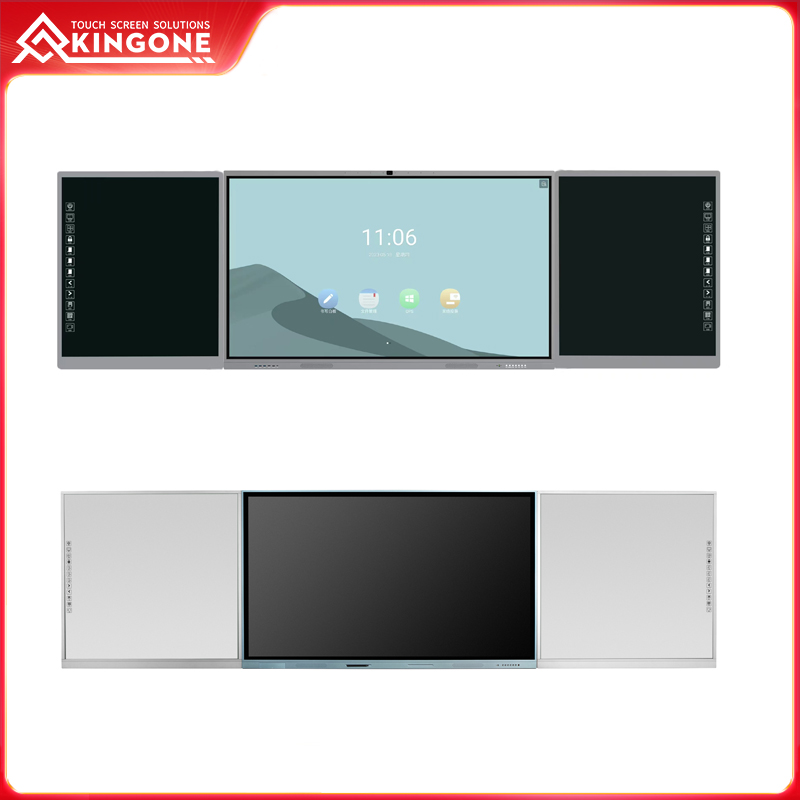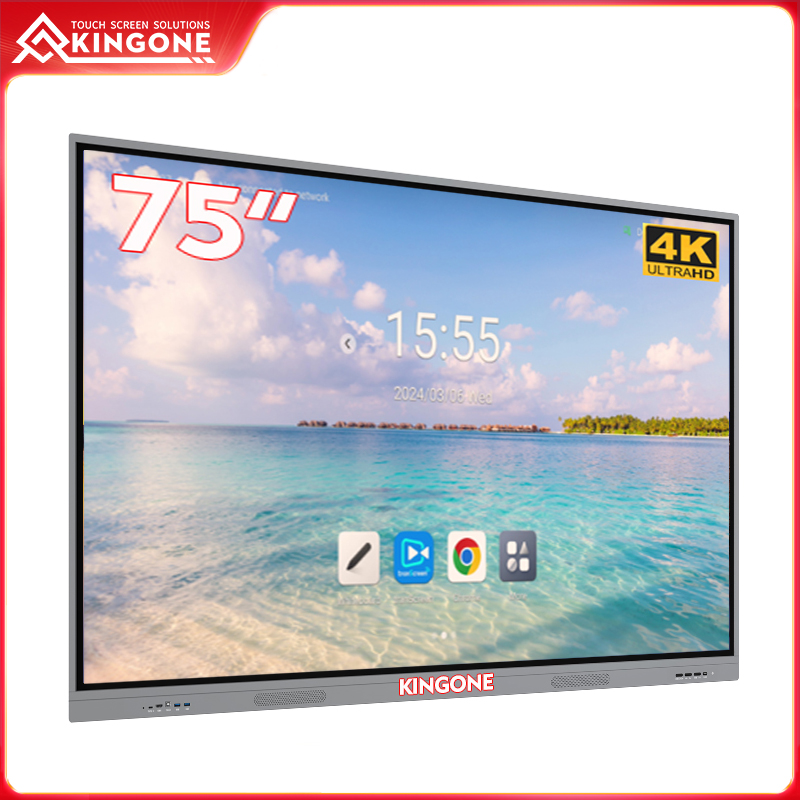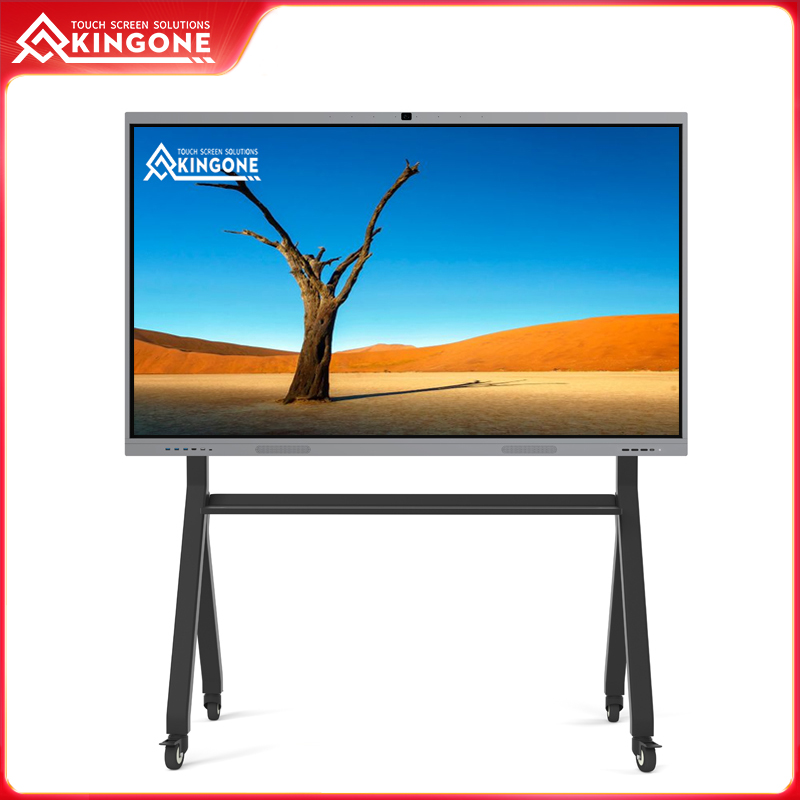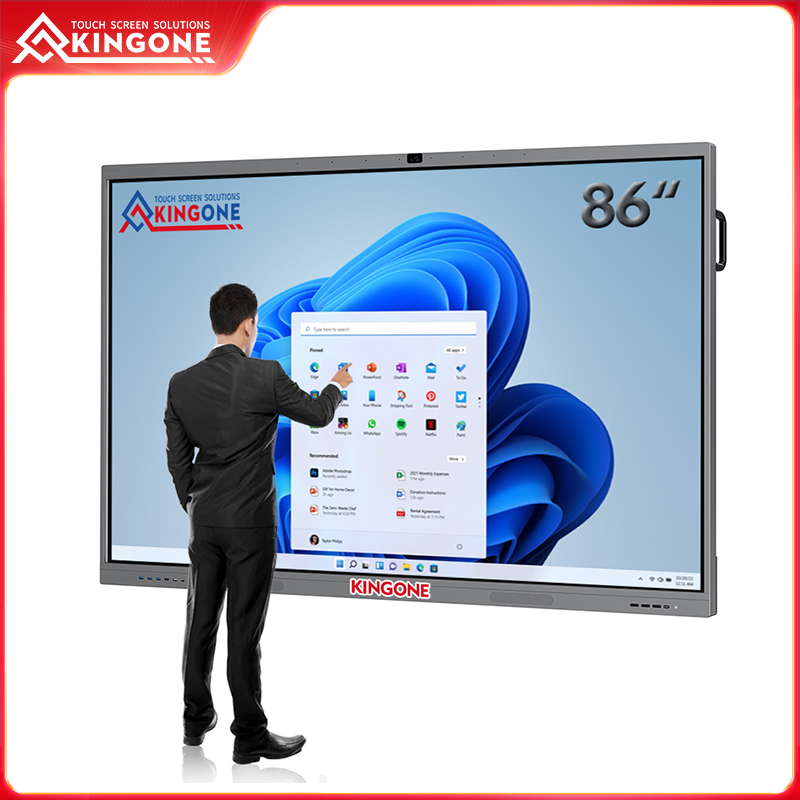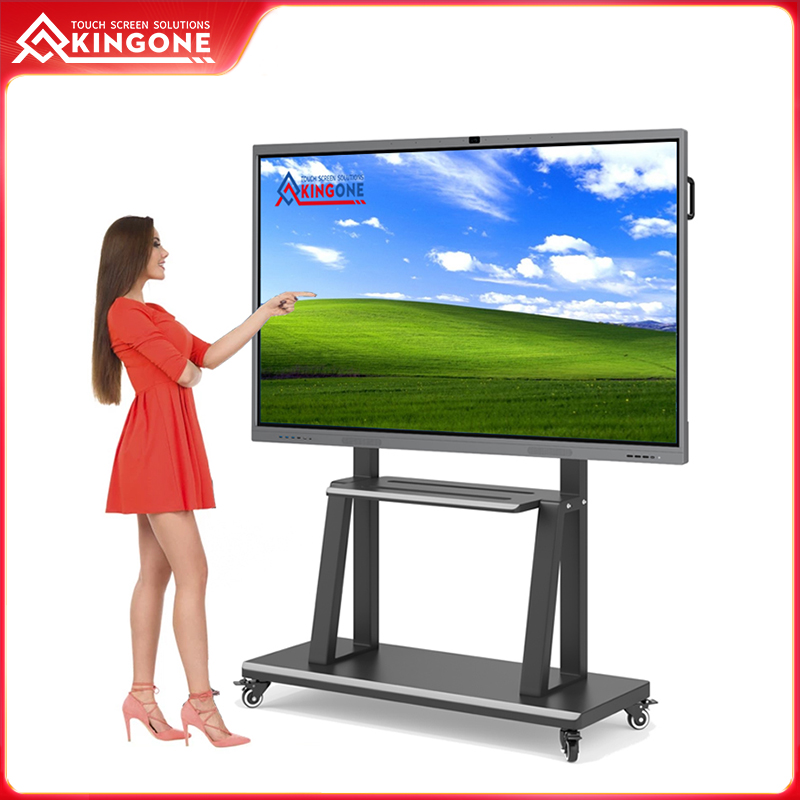Interactive Boards for Schools: Enhancing Collaboration and Participation
Published:
2023-07-13 11:30:00
Interactive boards have revolutionized the way education is delivered, making classrooms more collaborative, interactive, and engaging for both teachers and students.
1. The Advancement of Interactive Boards in Education
Technology has revolutionized education, and interactive boards have emerged as one of the most powerful tools in the classrooms today. Interactive boards, also known as smart boards or electronic whiteboards, have infused the traditional learning environment with creativity, engagement, and collaboration. These cutting-edge devices have the potential to transform the way students learn, teachers teach, and knowledge is shared.
Interactive boards combine the benefits of traditional whiteboards with the power of technology, making learning more interactive, dynamic, and visually appealing. They allow educators to integrate multimedia content such as videos, images, and interactive applications into their lessons, catering to different learning styles and enhancing comprehension. With the touch-sensitive surface, students can actively participate by writing, drawing, and manipulating digital content, fostering a hands-on learning experience.
2.Enhancing Collaboration in the Classroom
One of the key advantages of interactive boards is their ability to foster collaboration among students. With the option to connect multiple devices wirelessly to the board, students can collectively contribute to projects, presentations, and discussions, transforming the classroom into a collaborative workspace. Group activities become more interactive and engaging as students work together to solve problems, brainstorm ideas, and share their knowledge.
Moreover, interactive boards enable real-time collaboration beyond the classroom walls. Through video conferencing tools and interactive platforms, students can connect with peers from different schools or even different countries, expanding their horizons and promoting cultural exchange. This fosters a global awareness and prepares students for the interconnected world they will be a part of in the future.
3. Increasing Participation and Engagement
Traditional classroom settings often passively involve students, with some individuals dominating the discussion while others remain silent or disengaged. Interactive boards break this pattern by encouraging active participation from every student. The tactile nature of these boards allows students to physically interact with the content, making learning more enjoyable and memorable.
Interactive boards also offer various engaging features such as quizzes, games, and interactive exercises, which motivate students to actively participate in the learning process. These interactive elements create a sense of excitement and competitiveness, making education fun and stimulating. As a result, students become more enthusiastic, attentive, and invested in their learning journey.
4. Conclusion
Interactive boards have revolutionized the way education is delivered, making classrooms more collaborative, interactive, and engaging for both teachers and students. By embracing this technology, schools can create a dynamic learning environment that caters to diverse learning styles, promotes collaboration, and fosters active participation. As the world continues to evolve, it is essential to equip students with the necessary skills and tools to thrive in a digital era, and interactive boards play a vital role in achieving this goal.
 English
English

